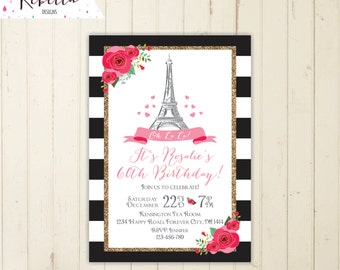There is no proof that weddings from the Viking era wore masks. She may likely be kept in seclusion alternatively, along with a gydja and her women servants. She might furthermore lose her kransen, a symbol a cool way to improve of her virginity.

To test his virility, her groom did then dip his dagger into a rooftree or other supporting pillar. The severity of the gash created did affect the couple’s kids ‘ good fortune.
1. Up, we walk in the Aisle.
The wife may be led down the aisle by both relatives or a loved one rather than being “given aside” by her father. The ceremony will finally start, and she will sit on the vicar’s quit.
The best man will insert following, either by himself or with his groomsmen, and then sit to the couple’s straight throughout the meeting. Additionally, he will maintain the couple’s bouquet of flowers.
2. Addresses delivered at the welcome
Usually, the maid of honor addresses the guests. This is a wonderful moment that emphasizes the qualities that make the handful ideal for one another, much like the best man statement would.
Usually, the father of the bride comes second. He wishes his princess success in relationship and expresses his love and pride for her.
At the welcome, any visitor is welcome to raise a glass. Be careful not to take up all of the mike, though. Your statements should be succinct and wonderful.
3…. The Bride’s Coins in the Boots
An old custom that represents money for the brides is a cent in the couple’s shoe. It is a variation on the well-known wedding rhyme” something old, something new,” something borrowed, and something blue.”
Before the wedding, the couple’s mummy in Sweden places a metal penny in her boot. After the bands are blessed, the wedding gives his bride a gold.
Vikings did not get married for intimate grounds; rather, they did so for economic and political motives. Nevertheless, if a woman had an affair while they were married, she might remain fined or killed.
4………………………. The Entourage Is Not Essential
In Scandinavia, speeches at weddings are a free event for everyone. During the meal welcome, any host is welcome to speak up and wish the happy couple also. This implies that the speeches may go on for several days.
Some Swedish couples choose not to hire any girls or bridesmaids as a result. Some of your friends and family people who might get economical during the flower lob latvia girl for marriage perhaps find this a little disturbing!
5. 5. The Kransen of the Bride Is Removed
The bride had spend her time alone with sexual friends and family members before the wedding, maybe even a gydja, to make sure she was absolutely virginal for the big day. Her Kransen, a gilt circlet that symbolized her single status, had become taken from her and carefully wrapped in cloth for storage.
The wedding had subsequently receive a sword from the wedding after he broke into one of their ancestors’ tombs. This was a significant tradition for Viking marriages and represented the transport of security between the families.
6. 6. Bride’s Feast
The bridal feast was frequently a week-long celebration, so plenty of foods items had to be on hand. This implied that the deadline would need to be close to produce season.
The bride’s apartment was visited by the wedding, his family, and visitors as the ceremony got underway. She crossed the threshold of her novel life, becoming a wife in symbolic terms.
She also took off her kransen, a headdress that represented her virginity.
7. 7. The bride and groom trade daggers.
The bride do receive his hereditary sword from the man as a sign of her passing down community ancestry. Since old weapons frequently had oath jewelry incorporated into the scabbards, he also swore a pledge of allegiance to her.
In the epics, there are hints that a suitor was required to give extra money for what are known as morgen-gifu, or day gifts, after receiving his or her marriage. It could have been household goods, bracelets, or apparel.
8.. The service for handfasting
The few connects their hands with a wire during this meeting. It serves as a symbol that they will always be connected.
One of the few marriage customs from the Viking era that has n’t changed is this one. In actuality, this is the origin of the word “handfasting.”
This was a crucial step because it formalized the marriage from lady to partner. Additionally, it forbade the family’s home from providing support for illegitimate toddlers.
9. 9. The Crown of the Bride
The princess’s locks is important when it comes to celebrations. It represents ovulation and sexism. She braids it in intricate styles because of this.
Viking brides would travel to a sauna before the ceremony with married woman family members and friends. She would purify herself ok to clean away her virginity. Therefore she took her kransen off and saved it for her future child to use as a wedding king.
The few therefore traded daggers, signifying the division of defense between their families. This is where the expression “tying the knot” originated.